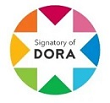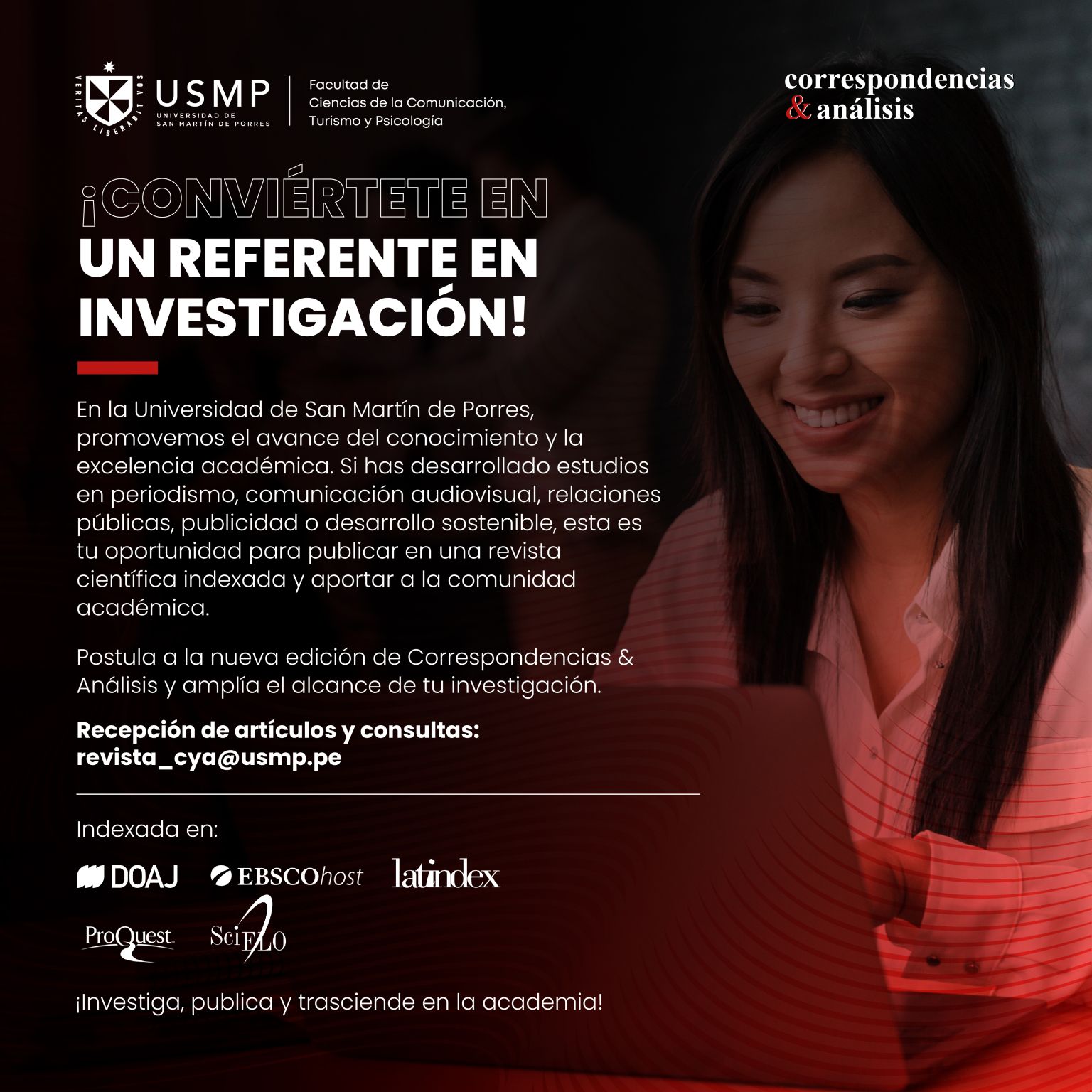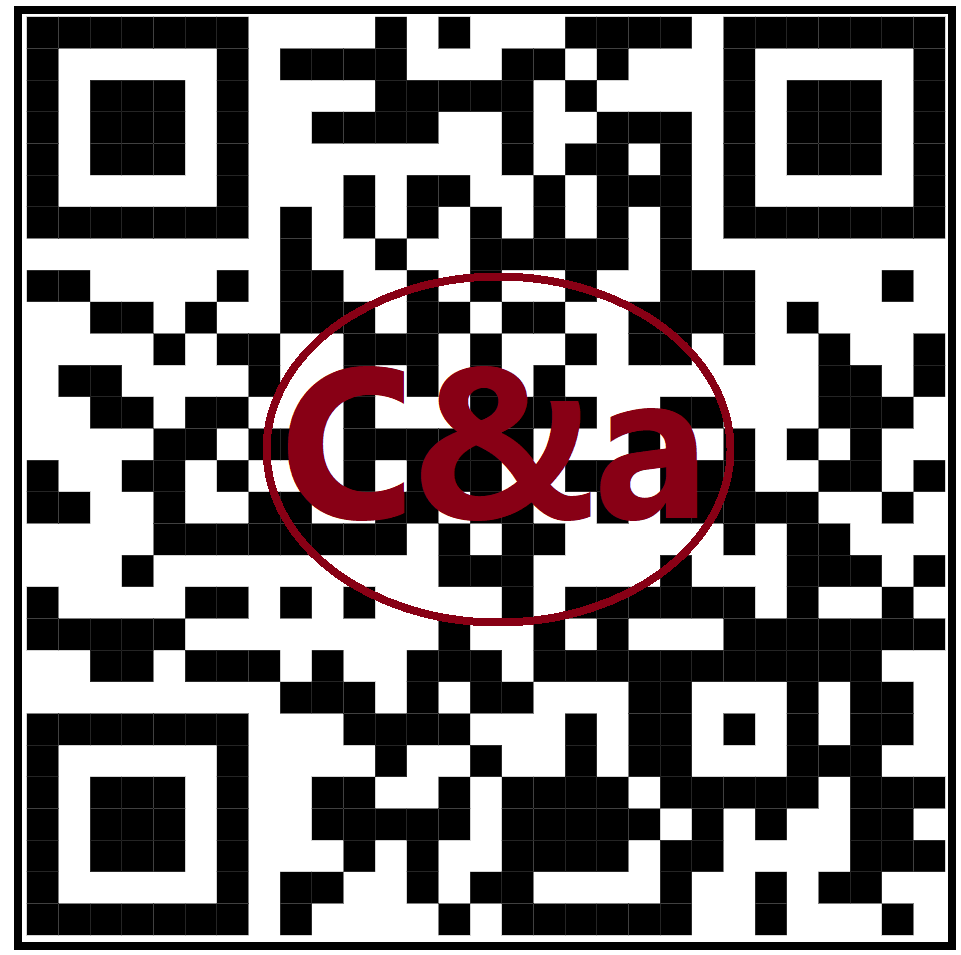El periodismo de opinión en el Perú frente a noticias de feminicidios. Caso Solsiret Rodríguez
DOI:
https://doi.org/10.24265/cian.2023.n17.05Palabras clave:
periodismo de opinión, feminicidios, Solsiret Rodríguez, violencia contra la mujer, cobertura mediática, Ni una menosResumen
En la actualidad, a nivel de América Latina, los colectivos feministas, tales como Me too o Ni una menos están adquiriendo cada vez mayor notoriedad en los medios de comunicación y redes sociales. Ello se debe en gran medida a la numerosa cantidad de noticias, en donde la mujer destaca por ser la víctima de abuso sexual, psicológico y maltrato físico. Cabe resaltar que muchos de estos casos quedan sin resolver o en el olvido. Por esta razón, cada día son más las personas que, indignadas por esta situación, se ven en la necesidad de alzar su voz de protesta con la intención de impartir justicia y defender los derechos de la mujer. Precisamente, una forma de manifestar su punto de vista es por medio de la palabra escrita. En este estudio se plantean analizar y comparar cuatro columnas de opinión de la plataforma web del diario Perú 21, escritas por figuras públicas peruanas que pertenecen al sector de la política y del periodismo, acerca del feminicidio de Solsiret Rodríguez, una joven peruana y activista de Ni una menos, quien fue asesinada por su cuñado, Kevin Alexander, y por la pareja de él: Andrea Aguirre. El nivel de investigación es descriptivo-comparativo, cualitativo y no experimental. Se utiliza la técnica de análisis de contenido y su instrumento es la matriz de análisis. La población es igual a la muestra: cuatro columnas de opinión.
Métricas
Descargas
Referencias
Aguilar, M. (2020). Feminicidio: Una mirada a las fisuras del monstruo. [Tesis de Maestría, Pontificia Universidad Católica del Perú]. https://tesis.pucp.edu.pe/repositorio/bitstream/handle/20.500.12404/1790/AGUILAR_MALPARTIDA_MAR%C3%8DA_DEL_PILAR_FEMINICIDIO-_UNA_MIRADA.pdf?sequence=1
Amorós, C y De Miguel, A. (2005). Teoría feminista: de la Ilustración a la globalización. Minerva Ediciones.
Bachofen, J. J. (2016). El Matriarcado. Una investigación sobre la ginecocracia en el mundo antiguo según su naturaleza religiosa y jurídica. Titivillus.
Barthes, R. (1994). El susurro del lenguaje. Más allá de la palabra y de la escritura. Ediciones Paidós Ibérica.
Benavente, M. C; Valdés, A. (2014). Políticas públicas para la igualdad de género. Un aporte a la autonomía de las mujeres. Naciones Unidas.
Butler, J. (2006). Deshacer el género. Ediciones Paidós Ibérica.
Butler, J. (2007). El género en disputa. Ediciones Paidós Ibérica.
De Lujan, M. (2013). Violencia contra las mujeres y alguien más … [Tesis de doctorado, Universitat de Valencia]. https://roderic.uv.es/bitstream/handle/10550/29006/Tesis%20completa.pdf?sequence=1
Helfrich, S. (2001). Género, feminismo y masculinidad en América Latina. Ediciones Boll.
Hooks, B. (2017). El feminismo es para todo el mundo. Traficantes de sueños.
Kristeva, J. (1988). El lenguaje, ese desconocido. Editorial Fundamentos.
Lagarde, M. (1996). Género y feminismo. Desarrollo humano y democracia. horas y HORAS la editorial.
Lerner, G. (1990). La creación del patriarcado. Editorial Crítica.
López Arroyo, A. (2016). El artículo editorial como texto argumentativo. Un estudio del género periodístico más razonador a la luz de la teoría de la argumentación. [Tesis doctoral, Universidad Complutense de Madrid]. https://eprints.ucm.es/id/eprint/41595/1/T38579.pdf
McLuhan, M. (1996). Comprender los medios de comunicación. Las extensiones del ser humano. Ediciones Paidós.
Méndez, J; Serret, E. (2011). Sexo, género y feminismo. Suprema Corte de Justicia de la Nación. Tribunal Electoral del Poder Judicial de la Federación. Instituto Electoral del Distrito Federal.
Queirolo Benavente, K. (2021). El tratamiento periodístico de la violencia de género contra las mujeres en la prensa peruana. Caso “Trome”. [Tesis de licenciatura, Universidad Nacional Mayor de San Marcos]. https://cybertesis.unmsm.edu.pe/bitstream/handle/20.500.12672/16449/Queirolo_bk.pdf?sequence=1&isAllowed=y
Rivera, R; Robles, G. (2015). Efectos del tratamiento de la información sobre feminicidios de los diarios Correo y Trome que ocasiona en la educación ciudadana de equidad de género de sus lectores del distrito de Arequipa, Año 2014. [Tesis de licenciatura, Universidad Nacional de San Agustín]. http://repositorio.unsa.edu.pe/bitstream/handle/UNSA/2168/CCribrry.pdf?sequence=1&isAllowed=y
Santillán, R. (2006). El lenguaje en el periodismo de opinión. Editorial “Quipus”, CIESPAL.
Sartori, G (1998). Homo Videns. La sociedad teledirigida. Alfaguara.
Venegas, E. (2020). La doble determinación de la Opinión Pública como objeto de investigación social: lo técnico-científico y lo político. [Tesis de Maestría, Universidad de Chile].https://repositorio.uchile.cl/bitstream/handle/2250/178851/La%20doble%20determinaci%C3%B3n%20-de%20la%20opini%C3%B3n%20p%C3%BAblica%20como%20objeto%20-de%20investigaci%C3%B3n%20social.pdf?sequence=1
Descargas
Publicado
Número
Sección
Categorías
Licencia
Derechos de autor 2023 Angie Jennifer Anticona Alegre

Esta obra está bajo una licencia internacional Creative Commons Atribución 4.0.
En caso de que el manuscrito sea aprobado para su próxima publicación, los autores conservan los derechos de autor y ceden a la revista el derecho de la publicación, edición, reproducción, distribución, exhibición y comunicación en el país de origen, así como en el extranjero, mediante medios impresos y electrónicos en diferentes bases de datos.
Para que quede constancia de este procedimiento, el autor debe llenar los siguientes formatos:
Formato 1 - Datos de autores.
Formato 2 - Declaración jurada sobre originalidad y autorización para la publicación de artículos.
Formato 3 - Conformidad con la ciencia abierta.








2.png)













